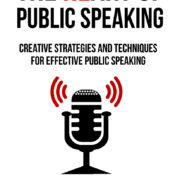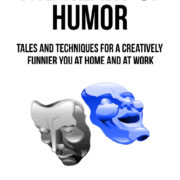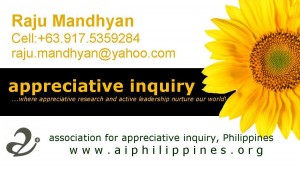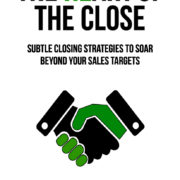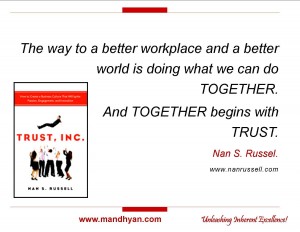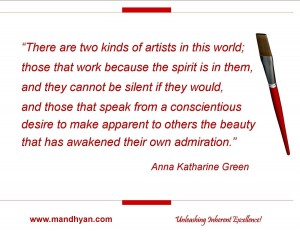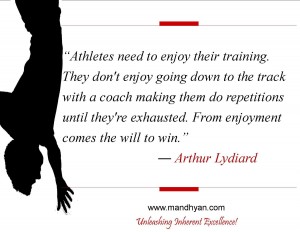Innovation Individuality
Understanding, getting insights and drawing sensible conclusions about creativity and innovation has usually been a slippery process for most industries. Every individual and industry have ideas of their own. At a recent meetup with consultants in the disciplines, I walked away with three major conclusions.
One: One Size Doesn’t Fit All Idea generation, capturing possibilities and executing that flux may all be logged in and read as that we must think out of the box and we must stretch our minds but how far individual ideas can be stretched is totally made to order and custom designed. You got to come up with a process that works for you. What worked for Google, Starbucks, 3M or Evian may not work for you. You will have to mix your own brew.
Two: Execution is Key None of the names mentioned would have known how wonderful their ideas were had they not taken them to market. Out in that nebulous territory called the “market” roam beasts and beauties of undefined shape and size. You may research, reason, position, plan and strategize but it will only be the results that will give you a true reflection and a report.
Three: Make your Approach Methodical In essence, when you mix your own brew, make sure you keep track of the ingredients you use, the measures you use and how long each individual process stays on the burner of your intention and focus. I like to think in terms of preparing, persisting, percolating and performing towards creating something out of nothing, towards making new what doesn’t work well and even what may be working perfectly well. Recently, I had the opportunity to peek into how Kraft/Mondelez comes up with new products, process and promotions for their products. They partner, they purchase, they persist but way before they do all that they prepare to come up with something new. Their work areas are colorful, spacious and laid out to trigger ideas and teamwork. They nurture their research and development teams with volumes of select information; they are exposed to new theories and methods of thinking and action. All this leads to products that are yummy, a presence in the market-place that is unshaken-able and a perch where Mondelez/Kraft, always, gets a glimpse of the curves ahead.

